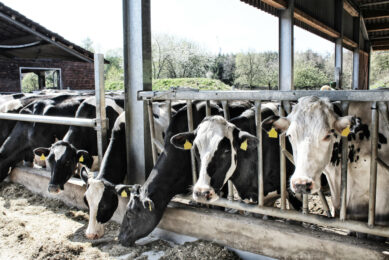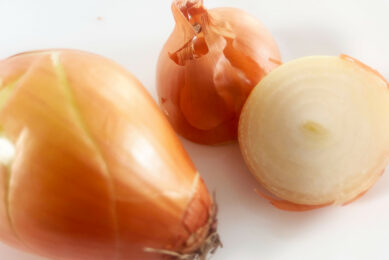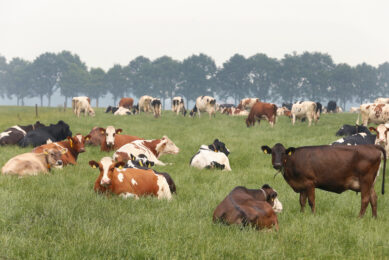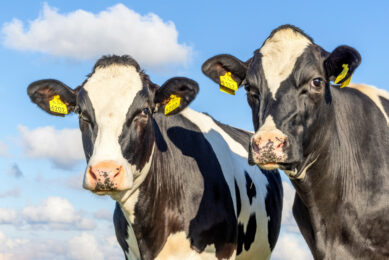Precision feeding – lowering US dairy emissions
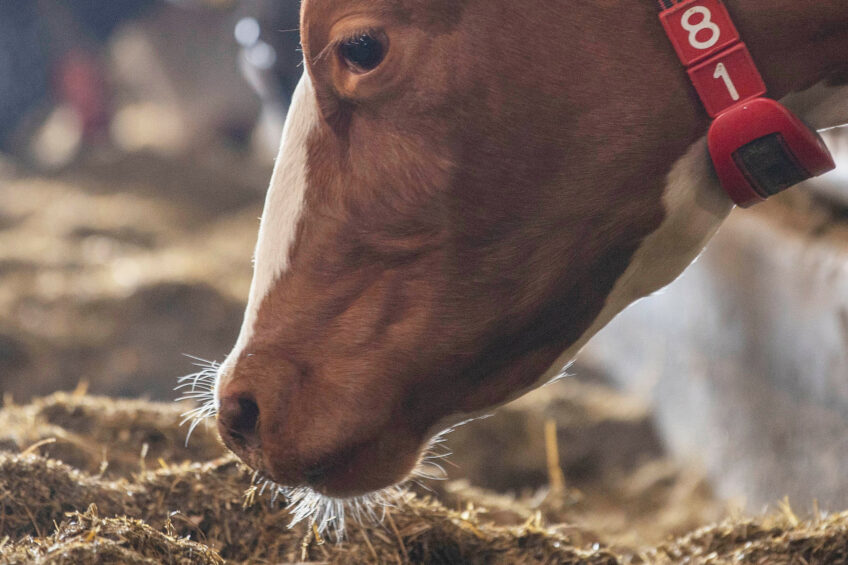
Researchers state that precision feeding could lower nitrogen emissions by 82,000 tonnes annually in the US. A multi-institutional project aims to develop and test a precision feeding system for dairy cows.
Researchers from the University of Idaho’s College of Agricultural and Life Sciences in the US are part of this innovative research, known as Self-learning Dairy technology, which integrates with existing automated milking systems. These systems allow cows to voluntarily enter a stall equipped with a robotic milker, where feed is automatically dispensed as an incentive. By fine-tuning the feeding process, the technology seeks to maximise productivity while minimising waste.
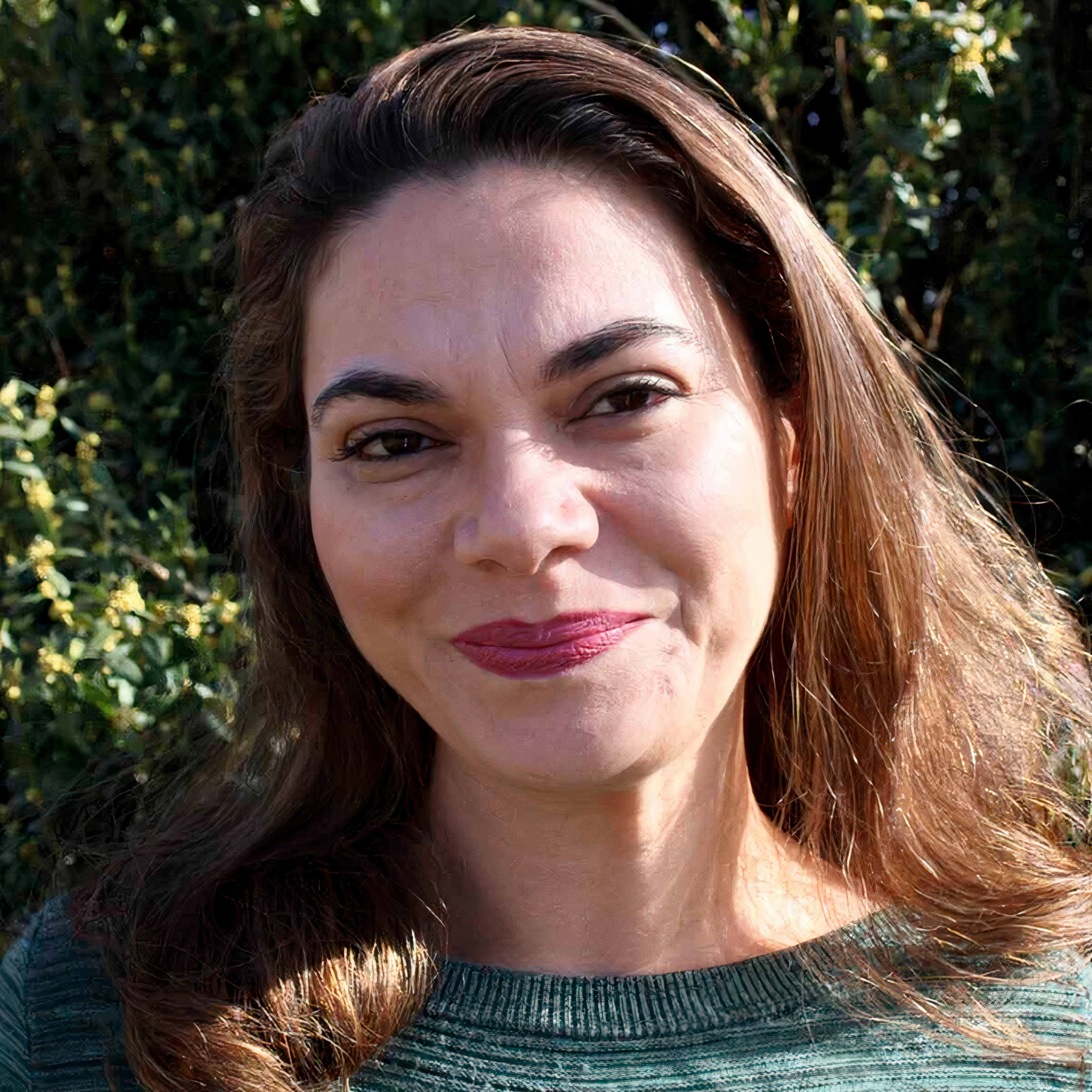
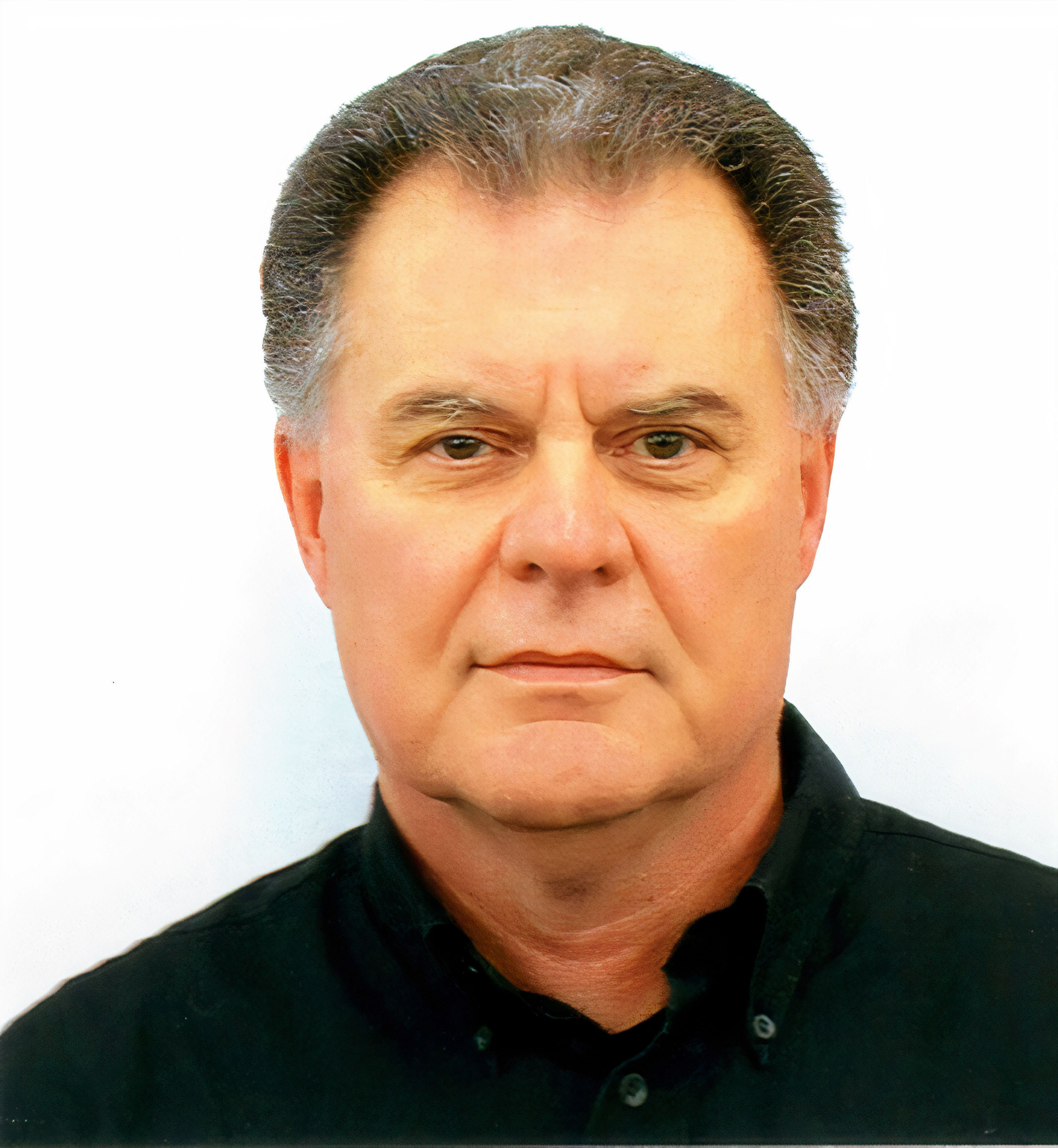
Co-principal investigator Dr Izabelle Teixeira at the University of Idaho, alongside principal investigator Dr Mark Hanigan at Virginia Tech, shed light on the project’s impact, with input from other collaborators. The project is supported by the US Department of Agriculture’s National Institute of Food and Agriculture. “Our expectation is feeding each cow in a proper way is going to save money, help the environment and boost production,” Teixeira says.
In this interview, we hear more from both Teixeira and Hanigan about this project and what it could mean for the dairy sector.
What was the motivation behind developing the precision feeding system?
Dairy production is heavily influenced by feed costs, which can account for more than 65% of a farm’s expenses. At the same time, each cow has unique nutritional needs based on genetics, health, and lactation stage. Overfeeding wastes resources and increases environmental impact, while underfeeding reduces production and profitability.
This challenge motivated us to develop a precision feeding system that adjusts diets to meet each cow’s specific nutritional needs. By optimising feed use, the system aims to improve efficiency, lower costs, and minimise nutrient waste. Research suggests that feeding cows in the US according to their protein and amino acid needs could save over US$775 million annually in feed costs, and reduce nitrogen excretion by up to 82,000 tonnes per year.
What are the key advantages of optimised rations to meet the nutritional needs of individual dairy cows?
Traditional population-level models rely on population mean responses. This approach often leads to inefficiencies – some cows are overfed while others are underfed. By adjusting feed to individual requirements of each cow, we can save money. More precise feeding reduces nutrient wastage, thereby lowering overall costs and improving income over feed costs.
We can also help the environment – matching feed to each cow’s needs minimises excess protein intake, which, in turn, reduces nitrogen excretion and other pollutants. Cows being underfed nutrients in the one-size-fits-all scheme will increase production when fed optimally. Cows that receive the optimal amount of nutrients are likely to produce more milk. Additionally, meeting the specific nutritional needs of each cow supports overall health, potentially leading to better immunity.
Simulations indicate that milk income minus feed costs would increase more than US$0.32 per cow per day, and our preliminary work indicates the returns are even greater than that.
The Self-learning Dairy (SLDairy) technology integrates with existing equipment used in automatic milking systems. How does this work?
Modern milking systems that routinely capture milk production data at each milking session, and equipment to capture milk composition, have been adopted by a range of equipment suppliers. Chewing and step activity are also monitored on many farms. Chewing activity is correlated with dry matter intake. We use the data to link feed intake with milk production.
The control loop is closed when the farm also uses automated grain dispensers that tailor the delivery of a portion of the daily grain allocation to individual cows. Our system combines deterministic models with machine learning to continuously analyse these diverse data streams to determine the optimal nutrient mix for each cow. The resulting feeding instructions are sent to the automated feeders. In essence, SLDairy is a software layer that transforms current farm data into precise, individualised feeding recommendations.
One of the expected outcomes is that the technology will help dairies select animals for breeding based on their efficiency in converting feed into milk and nitrogen into milk protein. Have any animals been selected yet?
This is a long-term goal that the project aims to achieve. Currently, we are still in the early stages of gathering the data needed to accurately rank cows for breeding decisions. As a result, no breeding selections have been made yet. Our current focus is on validating and refining the system through on-farm trials. Once we have robust data – likely by the end of the on-farm trials – our geneticists can begin to use the data to develop genomic prediction equations. But more data will be required to achieve predictions with the level of accuracy needed for use in genetic merit systems.
You mentioned: “Our expectation is that feeding each cow properly will save money, help the environment, and boost production.” Could you elaborate on these benefits and provide any estimates?
Unfortunately, there is no simple answer to this question as the answers depend on a number of factors. We have provided some of the reasons that affect the answers.
Intensive dairy production systems can use over 50 ingredients to meet animal dietary needs. Traditional diet optimisation relied on linear models, but as non-linear models improved accuracy, their complexity led to decreased use by nutritionists. A small trial found nutritionist-designed diets cost US$0.25 more per cow per day than optimised solutions.
A second challenge involves grain mix formulation. Farms with multiple cow pens often require several grain mixes for precision feeding. While traditional grain mixes are optimised per diet, automated feeders allow individual cows to receive tailored mixes, improving economic feed efficiency, though this effort is not yet widely implemented. At this stage, we do not have a reliable estimate of the economic efficiency gain related to this part of the problem, but it is clear that it will result in a positive gain.
The third challenge is feeding individual cows based on their exact nutrient needs. Prior research found a US$0.12 per cow per day gain when feeding to population needs, while simulations suggest a US$0.32 – US$0.60 gain when feeding based on individual protein requirements.
Precision feeding reduces excess protein intake, cutting nitrogen excretion by 10-20%, which could lower nitrogen emissions by 82,000 tonnes annually in the US. However, results vary based on farm management, genetics, and economics. Our research aims to assess economic and environmental benefits of a self-learning precision feeding system on 4 US farms.
The system is scheduled for testing at 2 commercial dairies in participating states next autumn, followed by further testing at 2 additional dairies in the spring of 2026. What key insights do you expect these tests to reveal?
The on-farm trials will provide us with real-world validation of the system. The trials will assist us to learn how the SLDairy and its algorithms perform under diverse on-farm conditions. We can also gather large-scale data to further refine our algorithms, and learn the practical challenges of system adaptability to ensure compatibility with the existing sensor data on the dairy.
We could get direct feedback from herd managers, producers, and nutritionists on usability and overall impact on milk production and profitability. These insights will allow us to further refine the technology.
Since SLDairy is a self-learning feeding system designed to refine dairy cow nutrition using available technology, when do you anticipate it will be available for dairy farmers? How will that work?
This technology makes use of existing hardware and data collection systems, and thus adoption is primarily in the hands of the producers and their nutritionists. Use by the nutritionists will require integration with their current ration-balancing software, and programming support to maintain the software. The software could be upgraded in a relatively short time frame given that we have already developed most of the system, but user training and acceptance will be much slower. Assuming we don’t encounter any major problems, early adopter nutritionists could bring it to farm in 2-3 years.
How easy is the system to implement?
SLDairy is designed for straightforward integration with existing robotic milking and feeding systems, requiring no physical setup changes. The primary adjustment for producers and nutritionists is learning to interpret and apply the system’s feeding recommendations.
Join 13,000+ subscribers
Subscribe to our newsletter to stay updated about all the need-to-know content in the dairy sector, two times a week.



